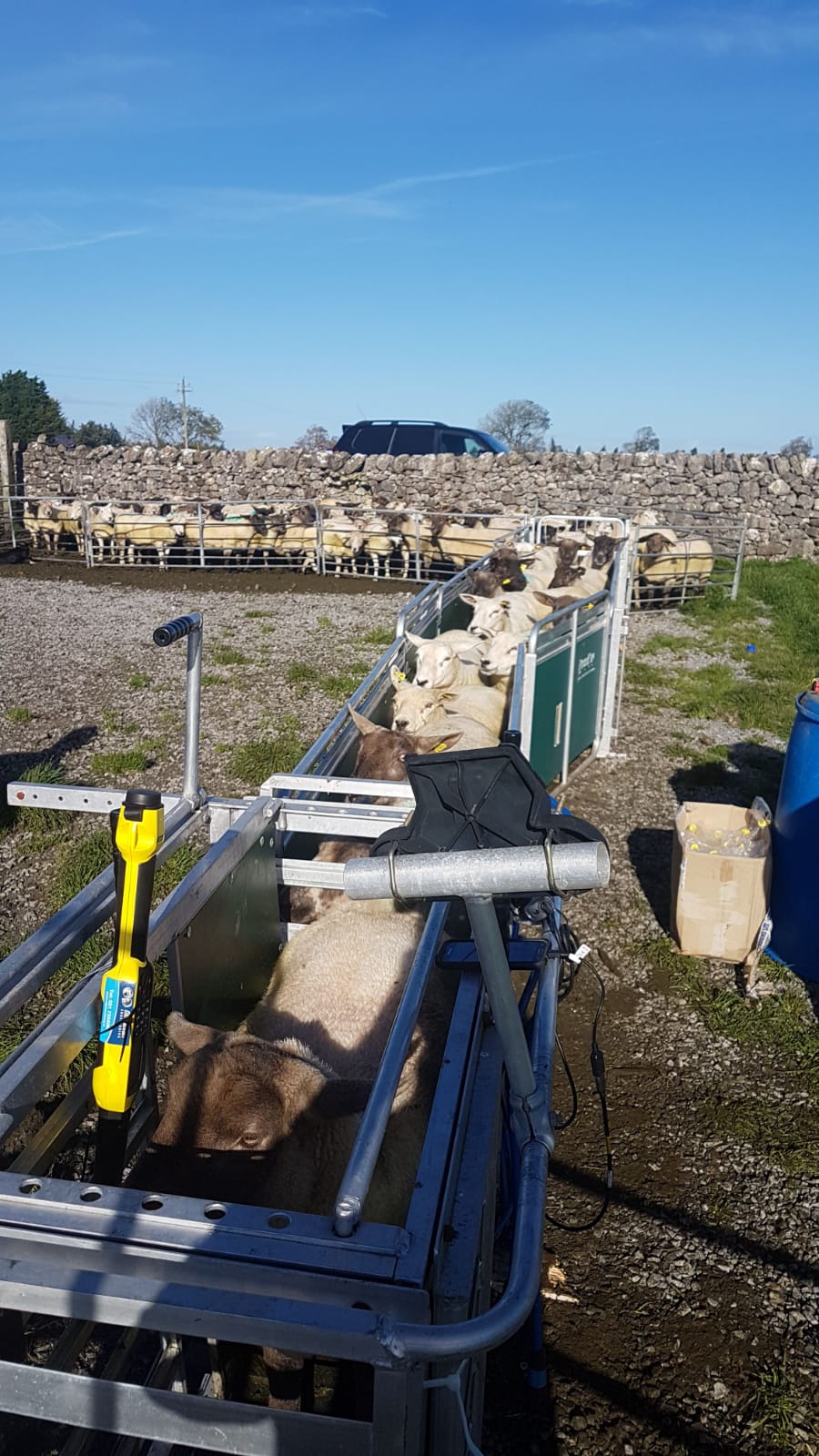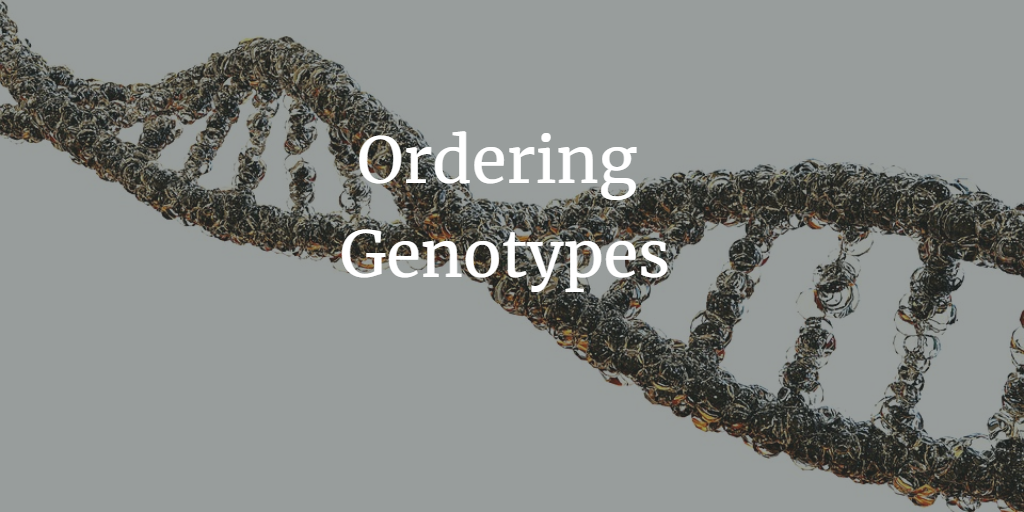Parentage Validation and Predictions
Incorrect animal parentage leads to incorrect €uroStar Index’s. The €uroStars available for a ram lamb on the sale day are heavily influenced by its recorded Sire and Dam and data collected on that entire bloodline. Over the past ten years, 6.2% of pedigree animals tested had the wrong sire recorded at birth. Since 2021 all performance recording flocks must genomically test their stock rams. Some breed societies have made it a requirement to genotype stock rams also.
From mating to lambing and tagging lambs, there is always the potential for errors in recording accurate parentage to occur. Genomics can now identify and correct these errors. Across all genotyped pedigree animals, when a sire error is identified based on the genomic test, in 65% of cases we can identify the actual correct sire. If we look only at the more recent 2020 born animals, this prediction rate increases to 80%.
When an animal is genotyped and its parents are genotyped, we can verify that the correct sire and dam have been assigned to that animal. Where an animal has not come back as a DNA match to its parents, and where all other sires and dams are genotyped in the flock, that animal’s DNA is compared against all other potential sires and dams. Where a match is found, a parentage prediction is applied to provide the animal with its correct sire and dam through DNA verification.

Genomics Evaluations = increased accuracies of Eurostar indexes = increased confidence
Once an animals has been genotyped it will have a genomic evaluation. Genomic evaluations provide us with more data to produce accurate €uroStar evaluations on younger animals at an earlier stage of their life. Over 2000 ram lambs have been genomically tested in advance of sale for 2022 (as of June). These genotyped rams will have accuracies as high as 70%. To put this in perspective, the average accuracy of animals in 2010 premier sale catalogues was close to 15%. The more information that is available for a bloodline, the higher the accuracy % will be for an individual animal. Higher accuracy %, results in more dependable €uroStar evaluations.
Low accuracy % evaluations are less dependable and may be subject to change as more data is recorded for that bloodline into the future. Average EBV accuracy is increasing year on year as more data on our sheep breeds builds. Genotyping an animal will on average increase the index accuracy on the Replacement Index by 15% and the Terminal Index accuracy by 17%. The reason for this improved index accuracy is due to knowing the exact DNA make-up of the animal.
Previously without genotyping, we are assuming that the animals DNA make-up is 50% of its mother’s DNA and 50% of its father’s DNA. However, we don’t know what exact genes the animal itself inherits from its parents. When we genotype, we can look at the genetic make-up of the animal and see what genes it has inherited and also take in account how related this animal is to other members its family. Genomics has helped to significantly boost the accuracy of the EuroStars making customers more attracted to genotyped animals are their Eurostar Index’s are more dependable.
Department of Agriculture Scrapie Approval
When an animal is genotyped, a Scrapie type and status is also provided for that animal. Where an animal and both its parents are genotyped and are successfully matched, a department-approved Scrapie certificate can be requested from the Department of Agriculture which will allow you to export these animals.
Inbreeding coefficient %
If increased accuracies of index’s, parentage verification and predication and a Department approved scrapie status wasn’t enough, an animal will also be given an inbreeding coefficient % also when genotyped. The global recommendation is not to exceed an inbreeding coefficient % of 6.25%, particularly for pedigree breeding stock. Genomic inbreeding looks at the animal’s own DNA and calculates the % of inbreeding based on the number of identical SNPS’s the animal possess’. Even in cases where the ancestry is unknown of an animal, an inbreeding coefficient % can be determined. In the future, a genomic inbreeding checker will be developed, allowing the cross-examination of how closely related two animals are to each other. This will allow Sheep Ireland to quantify the effect inbreeding is having by breed and by trait.


